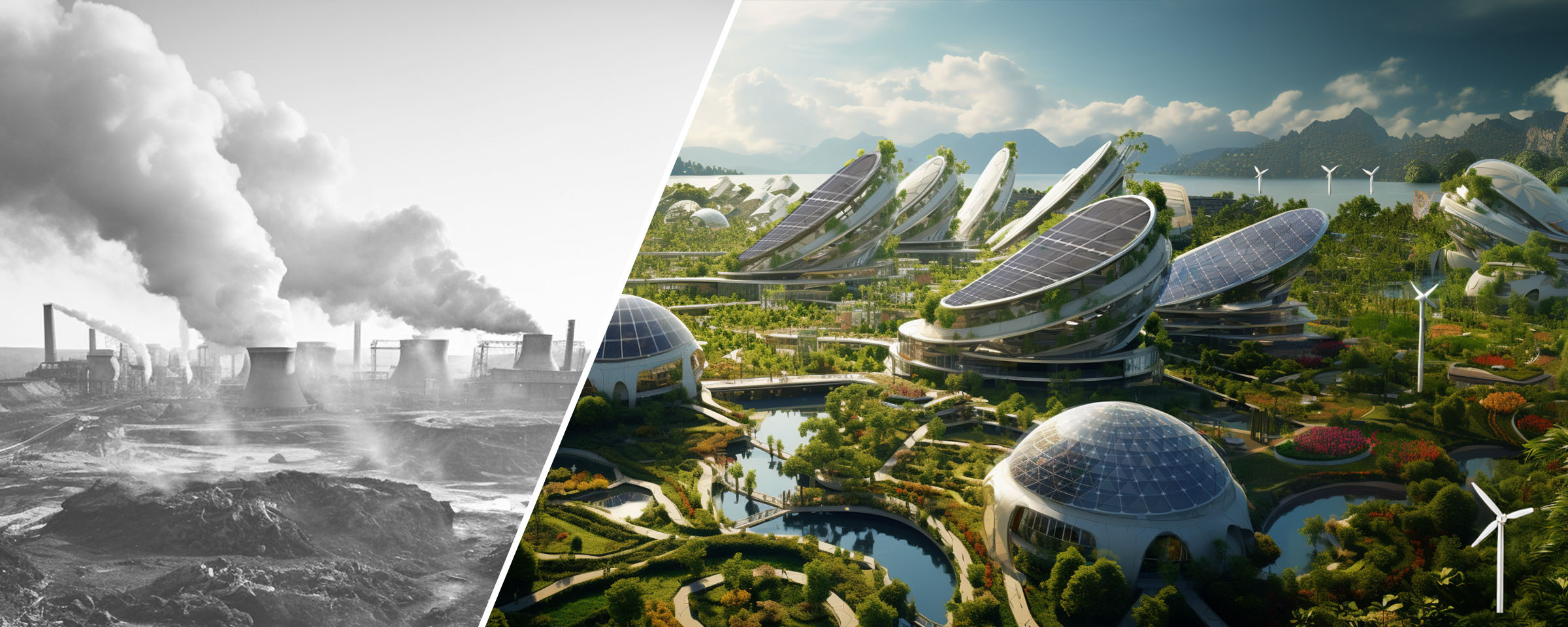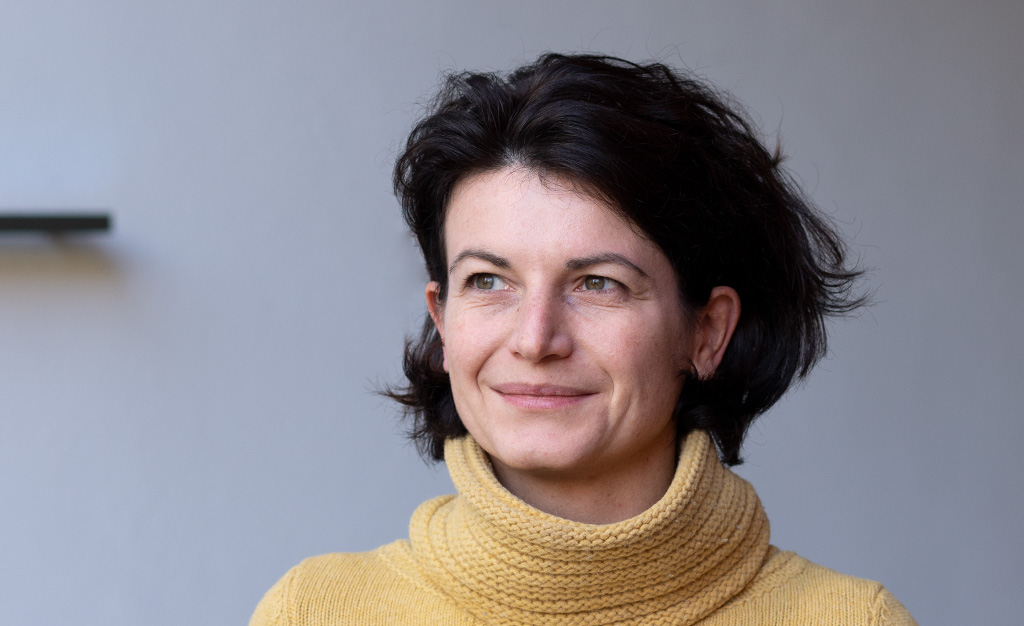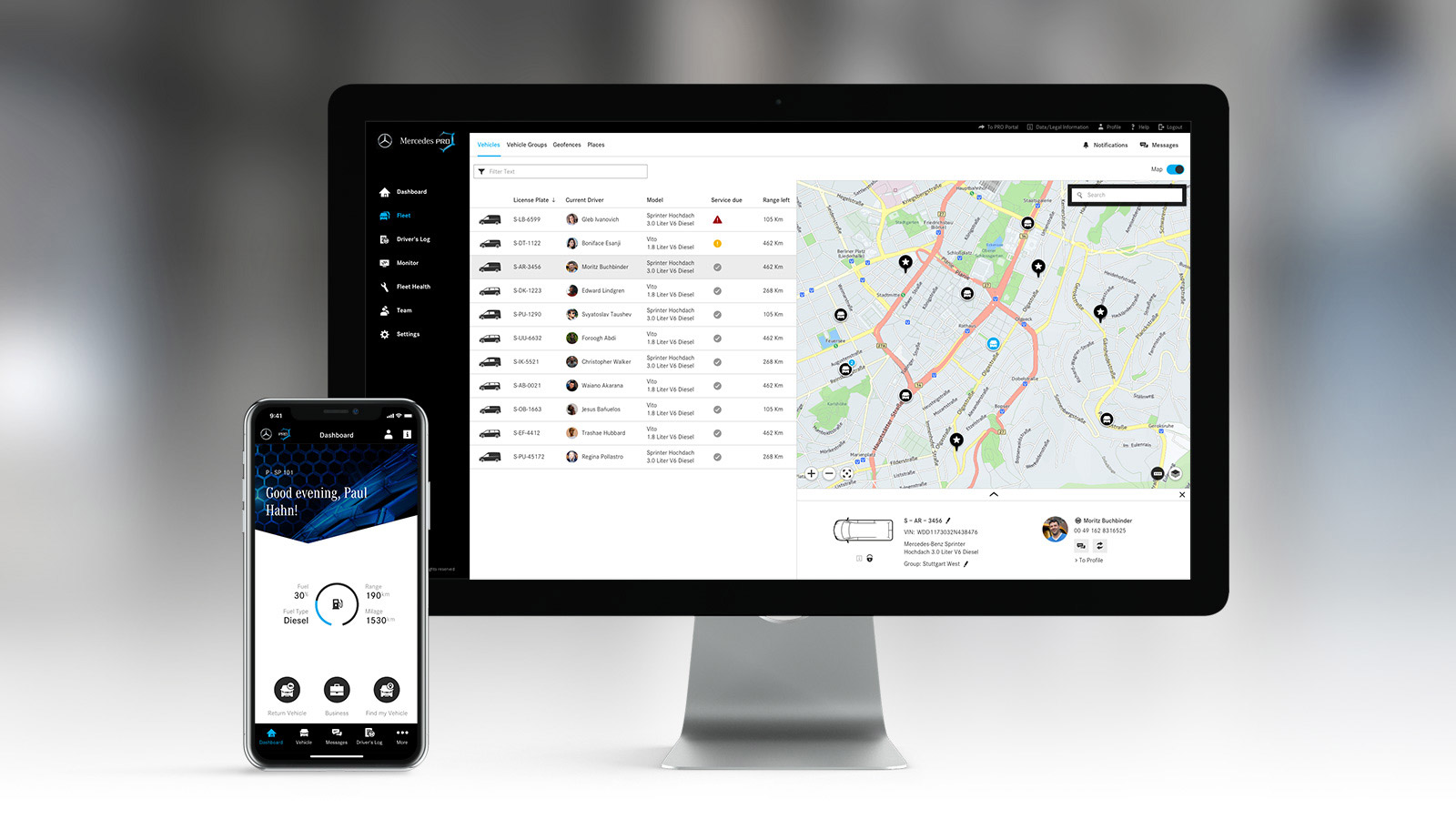Services
Industries
About us

200 Mil Tons of CO₂ – From Target to concrete business opportunities
PV is Commodity – Turning Limits into Opportunities
A market and competitive environment is emerging in the energy industry, increasing the pressure to innovate. Coupled with influential legislation, this increases the urgency to develop more radical solutions for the energy transition. Business models are upside down and want to be put back on a sound footing. This calls for the ability to think about networked solutions and ecosystems – nothing for the faint-hearted.
Moritz Wickert (Head of New Business & Innovation at SENS) and his team around Johannes Bömmel face the mammoth task of systemically understanding the energy landscape and transforming new opportunities into concrete business options for the next 3–5 years. Curiosity and the will for change are the team’s driving forces – lateral thinking, risk-taking, and transdisciplinary action are integral components.

„The results give us a clear view of concrete business potential and where prosperous business areas and partnerships can be developed with new products and services. For example: “Green Energy 4 Vertical Farming”. Opportunity spaces towards the end of the project life cycle open up new possibilities for us to expand our value chain.”
A little better is not enough
Substituting 200 million tons of CO₂ by the end of 2031! Doing things a little better would completely miss the target. We need to fundamentally rethink.
The project had four goals:
- Uncover blind spots in the ecosystem and explore new areas of opportunity.
- Develop innovation hypotheses for new services, business models, and partnerships that, among other things, pay towards the goal mentioned above.
- Analyze existing processes along the value chain and derive solutions to relieve the burden on skilled workers.
- Support the young division in setting up the innovation process. Gain security along the innovation funnel via methods and tools.
Understanding one’s own business as part of the future energy system
How must digital solutions for energy ecosystems be offered? What trends and drivers are influencing?
The basis is a sound understanding of the ecosystem and development corridor within the energy market. The accelerator is a clear objective for entrepreneurial thinking and action. Many bright minds are already working on the future of energy – new frameworks require re-networking; otherwise, the potential will fizzle out. Part of our work was to replace guesswork with knowledge and create a landscape of opportunity. It forms the basis for informed decisions and shows viable fields of action for the future.
The future has to be shaped
The result is nine opportunity spaces and 36 innovation hypotheses along the value chain and beyond. They include ideas for new products and services, process innovations, and opportunities for new partnerships and connected business models.
Innovation development is corporate development
How can we gain security along the innovation process and sustainably anchor innovation development in the company?

„Driving innovation development in the company and anchoring it in day-to-day business is a significant challenge for companies (due to the shortage of skilled workers, among other things). This makes us all the more appreciative of the commitment and participation of all departments and partners who supported the project with their knowledge and experience and contributed to its success.”
Build on existing initiatives, and consider the business units’ challenges while creating a sustainable culture of innovation that pays into the company’s goals. These were the guiding principles for designing the innovation process.
The business units, customers, and partners were involved from the beginning. This resulted in a deeper understanding and security in the complex energy landscape. Using the methods and tools from “Explorative Strategy Development”, innovation hypotheses were developed in close cooperation with the team. Using these hypotheses, we tested the innovation process and subjected it to a stress test. The early screening creates the necessary resources and concentrates the passion on sustainable innovations that lead to progress.
Do you have a comparable challenge?
